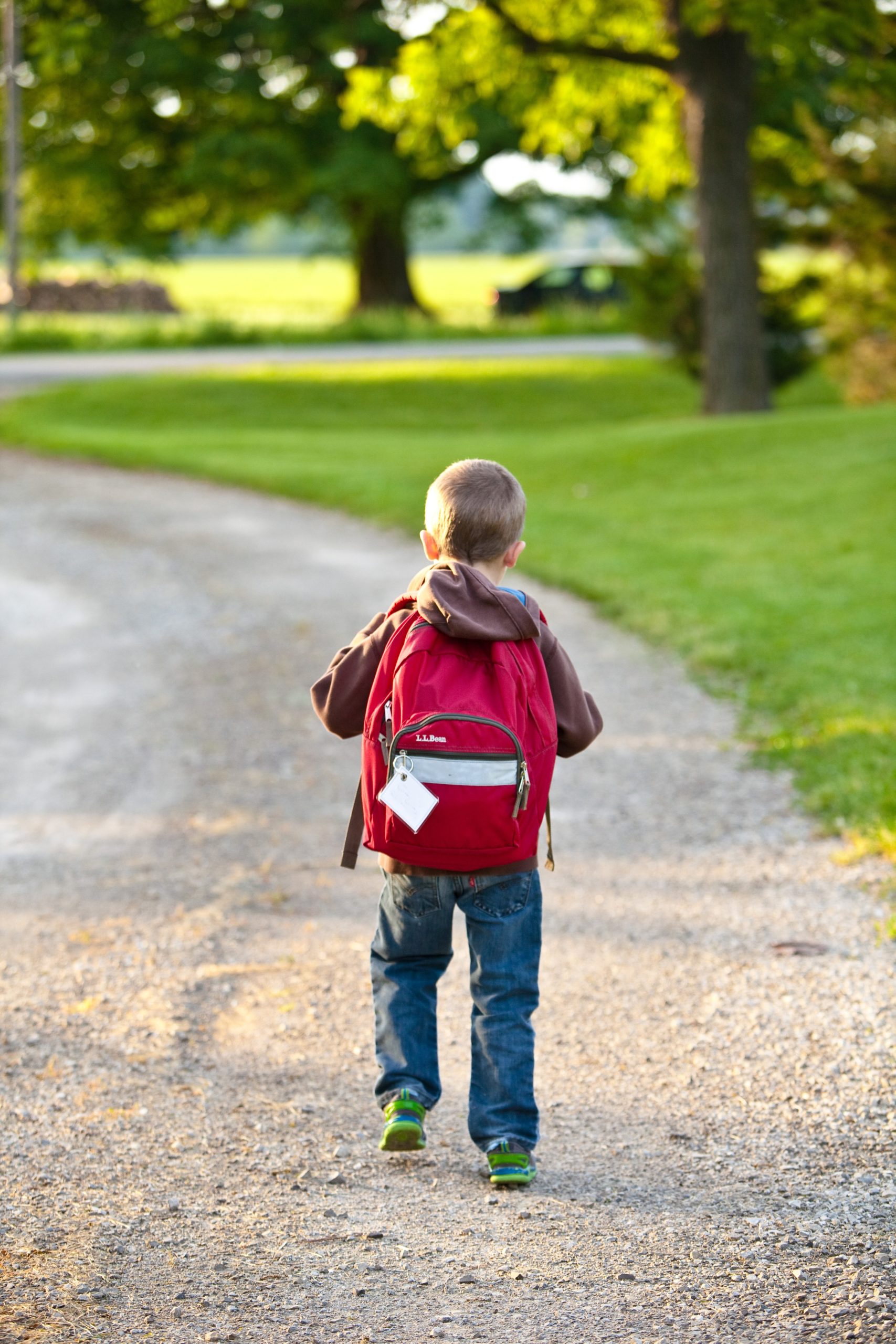Insights
How Educators are Communicating Uncertainty in the Time of COVID-19.

Some of the most basic rules for effective communication seem to have been stuffed into a blender when it comes to presenting fall reopening plans for DMV schools. School district fumbles have run the gamut: flip-flopping on announcements, issuing vague guidelines without clear answers, making statements without the support of science or educators, and more. What, to an outsider, may have seemed evasive, withholding, or empty was often just a public display of humans struggling to generate answers where there were none to give.
In a world with so many unknowns, it’s easy to see why schools were unable to provide much information to teachers or families. We still don’t know the degree to which children can contract and spread COVID-19, and the extent to which the virus is airborne is only just becoming clear. In understanding the mistakes of local public education officials, we can learn from the past few months and prepare for the rest of the 2020-2021 school year.
Understand Your Stakeholders’ Differing Priorities
At first, school districts in the DMV seemed to want to get students back in the classrooms at all costs, prioritizing the desires of parents and some students. However, as districts announced that schools would be resuming in-person instruction this fall, it became clear that many teachers were not on board. The Washington Teacher’s Union released a report with concerns related to reopening, and teachers across the country raised their voices to express reservations about in-person teaching. Risks to teachers’ health and the health of their students, not to mention doubts about younger students’ ability to socially distance, are daunting.
Making announcements that primarily focused on children’s safety without mentioning keeping teachers safe or providing insight into how these safety measures would be enforced came across as callous to educators. By involving teachers in the conversation earlier on, school districts could have better anticipated and addressed concerns about returning to school. Sometimes, simply showing that you know the risks and are working to mitigate them is enough to earn you some goodwill among your various stakeholders.
Present a Unified Front
If school districts had made a more concerted effort to get local educators and administrators on their side before making public announcements, they could have trained them with messages and resources to share with students and their families. One Montgomery County teacher told Clyde Group that teachers have learned about every major announcement at the same time as the rest of the public. When families turned to their children’s teachers for answers, they had no additional information to give.
Before making any announcements, the school districts should have developed FAQs and talking points for teachers and administrators. While they may not want to give too much notice to teachers before notifying families for fear that the information might leak, school districts could have shared these resources with teachers even just a few hours in advance so that they would be better armed to answer questions.
Be Clear, Be Consistent
After weeks of holding off on a definitive answer about whether D.C. public schools would be returning for in-person instruction, Mayor Muriel Bowser scheduled a walk-through of a recently-remodeled elementary school where she planned to announce a hybrid model for the fall. Minutes before the scheduled event, the mayor’s office changed venues and announced that it would hold out for another two weeks before making a decision about whether in-person classes might resume. Finally, D.C. decided that students will begin the school year completely remotely.
Not only did the abrupt change of course confuse families, but throughout the planning process, D.C., Maryland, and Virginia school districts floated dozens of possible avenues for a fall reopening. That lack of clarity led to hundreds of questions from parents, students, and even teachers and made planning for the fall impossible.
Schools should have anticipated that the answers wouldn’t come in time for the fall. The information available regarding COVID-19 and how schools can either contribute to its spread or mitigation was not strong enough to definitively show whether opening schools is safe. Given the lack of information, the only remaining question was, “are we willing to gamble?” Dangling options in front of families only to snatch them back caused more stress than anything else.
Wrap Up
When faced with an unknown, it’s tempting to want to offer answers even when there are none. But in the COVID-19 era, fudging it will only leave you with egg on your face. We’ve learned over the past months that we still know very little about the virus and its implications for education. If there is no clear answer, simply make that clear. If the answer isn’t what people want to hear, say it anyway. We’re going to be dealing with uncertainty for quite some time to come—pretending you have answers when you don’t only contributes to the chaos.